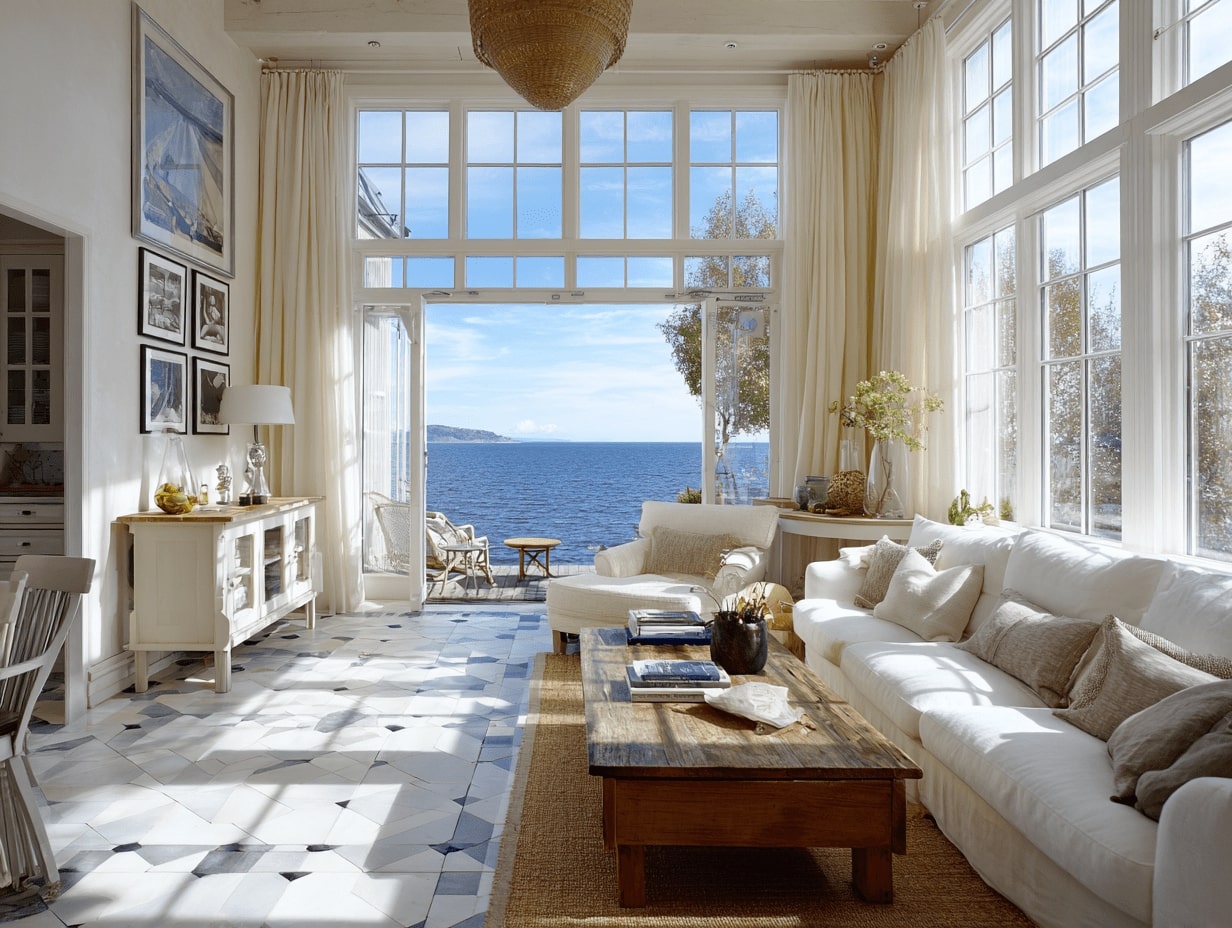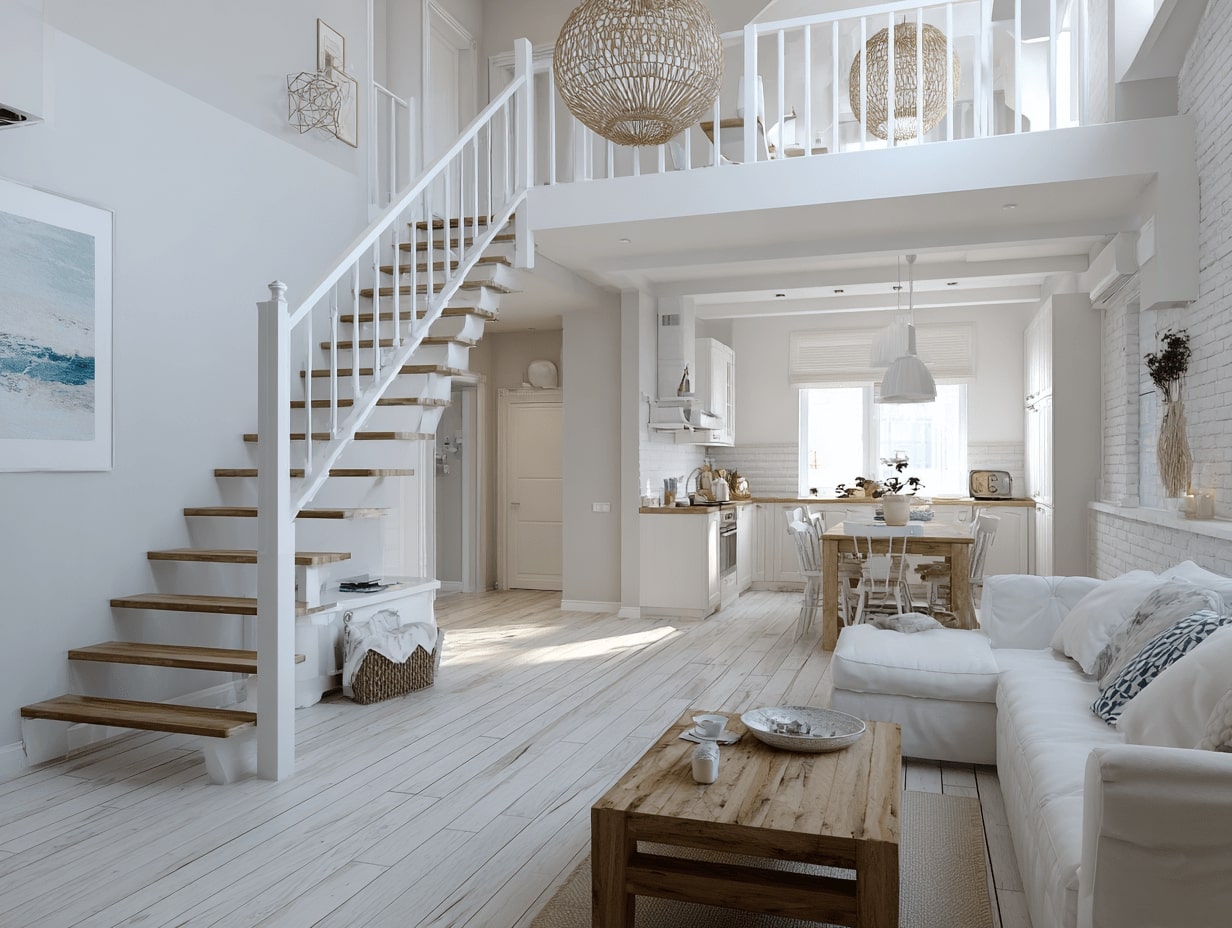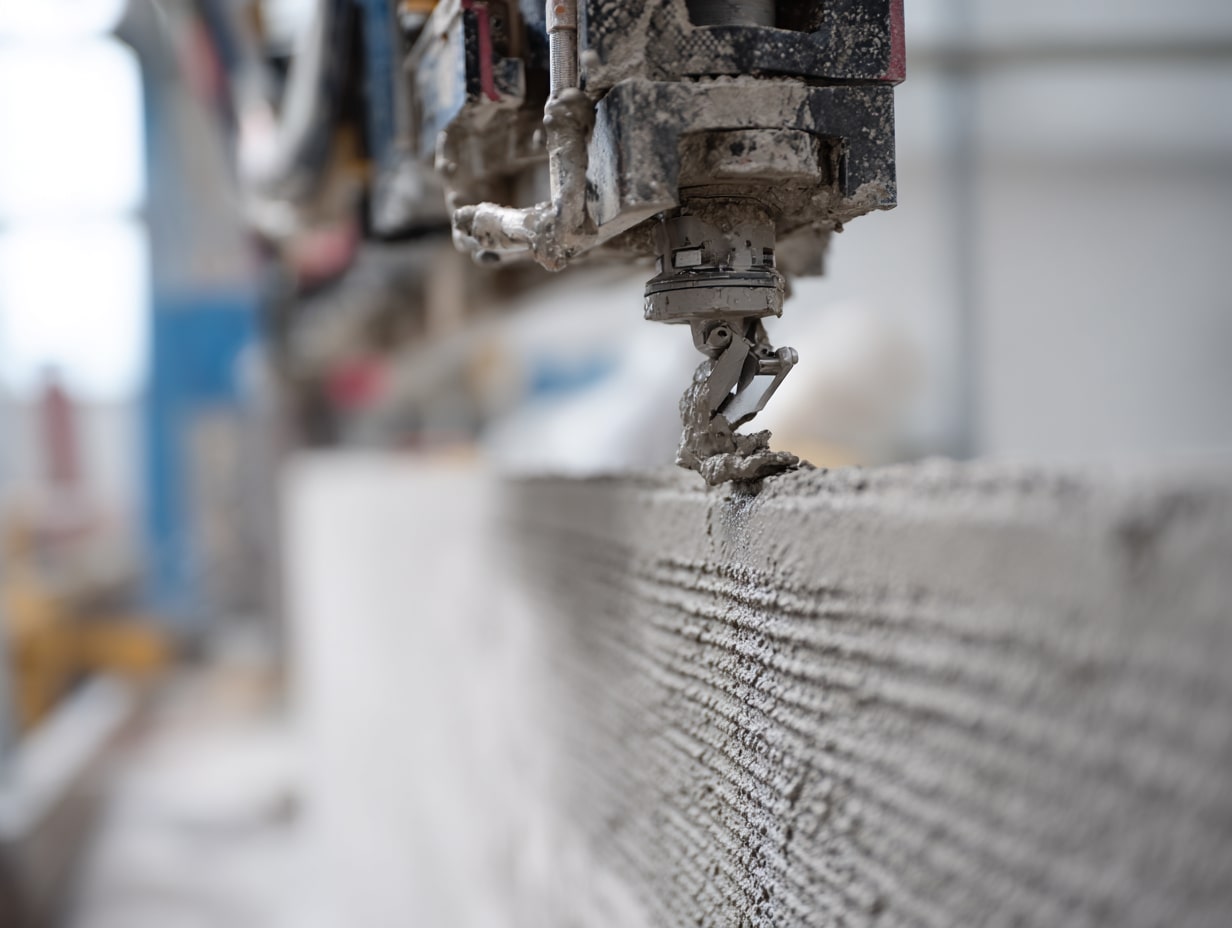- Home
- Articles
- Architectural Portfolio
- Architectral Presentation
- Inspirational Stories
- Architecture News
- Visualization
- BIM Industry
- Facade Design
- Parametric Design
- Career
- Landscape Architecture
- Construction
- Artificial Intelligence
- Sketching
- Design Softwares
- Diagrams
- Writing
- Architectural Tips
- Sustainability
- Courses
- Concept
- Technology
- History & Heritage
- Future of Architecture
- Guides & How-To
- Art & Culture
- Projects
- Interior Design
- Competitions
- Jobs
- Store
- Tools
- More
- Home
- Articles
- Architectural Portfolio
- Architectral Presentation
- Inspirational Stories
- Architecture News
- Visualization
- BIM Industry
- Facade Design
- Parametric Design
- Career
- Landscape Architecture
- Construction
- Artificial Intelligence
- Sketching
- Design Softwares
- Diagrams
- Writing
- Architectural Tips
- Sustainability
- Courses
- Concept
- Technology
- History & Heritage
- Future of Architecture
- Guides & How-To
- Art & Culture
- Projects
- Interior Design
- Competitions
- Jobs
- Store
- Tools
- More
Emotional Architecture: Can Buildings Make Us Feel?
Explore how emotional architecture shapes how buildings make us feel. Learn how light, scale, materiality, sound, memory, and culture affect behavior, with case studies, ways to measure impact, and principles for ethical, sensory-rich design.

We’ve all felt it: the hush that settles in a cathedral, the uplift of a light‑filled atrium, the unease of a windowless corridor. Emotional architecture isn’t woo, it’s how space, senses, and meaning collide to shape our mood and behavior. In this piece, we explore how and why buildings make us feel, and how we can design places that nurture well‑being, connection, and delight.
Table of Contents
ToggleWhy Architecture Evokes Emotion

Embodied Cognition And Memory
We don’t experience buildings from the neck up. Our bodies map distances, temperatures, and textures into feelings, while implicit memories, childhood homes, a hospital stay, a favorite library, prime our responses. Through embodied cognition, posture, breath, and movement loop back into emotion: a low ceiling nudges us to stoop and speak softly, while a broad stair invites a confident stride.
Multi-Sensory Perception Beyond The Visual
Sight dominates design talk, but soundscapes, scent, thermal gradients, and touch often carry the emotional punch. A soft reverberation can make a hall feel grand: rough stone telegraphs permanence: a cool draft can sour an otherwise beautiful lobby. When we tune environments for the whole sensory stack, emotional architecture becomes tangible.
Meaning, Symbolism, And Cultural Scripts
Forms and details carry stories. Arches, courtyards, porches, each has cultural weight. We read civic steps as “belong,” velvet ropes as “keep out.” Symbols can comfort or alienate depending on our background. The trick is to align spatial cues with shared meanings while leaving room for personal interpretation.
Design Levers That Shape Emotional Experience

Light And Shadow
Daylight modulates circadian rhythms and mood: shadow introduces mystery and depth. Skylights over entries lift anticipation, while lateral light along a bench invites pause. We can choreograph contrast ratios to move from calm (low contrast, diffuse light) to drama (high contrast, crisp shadows).
Scale, Proportion, And Human Factors
Spaces near human scale feel relatable: monumental scale can awe or intimidate. Proportions, ceiling height to room width, stair riser to tread, signal effort and comfort. Ergonomic clearances, sightlines, and seating heights are the quiet levers that make us feel considered.
Materiality, Texture, And Color
Material honesty reads as trustworthy. Warm woods soften social zones: stone anchors civic gravitas: metals suggest precision. Texture slows the eye and hand, increasing dwell time. Color science helps too: saturated accents energize: muted palettes calm, especially when paired with natural materials.
Sound, Thermal Comfort, And Scent
Acoustics are emotional architecture in stealth mode. Absorptive ceilings and soft finishes lower stress: strategic masking preserves privacy. Thermal comfort is personal, so gradients and user control matter. Subtle scents, from plantings or fresh air, beat synthetic fragrances every time.
Movement, Sequence, And Thresholds
Feelings follow paths. Compression before release, turns that frame views, and dignified thresholds set tone. Clear wayfinding and legible choices reduce anxiety: micro‑moments, window perches, landing benches, invite reflection.
Context, Culture, And Personal History

Place Identity And Genius Loci
Every site has a pulse, its light, wind, sounds, and social patterns. When we echo local materials, climate strategies, and neighborhood rituals, places feel inevitable rather than imposed. That resonance reads as care, which people feel immediately.
Equity, Accessibility, And Neurodiversity
Emotionally intelligent design includes everyone. Step‑free access, clear cues for low‑vision users, quiet rooms for sensory relief, and predictable signage help more than code compliance, they build dignity. Choice (loud/quiet, bright/dim, communal/solitary) lets us regulate our own state.
Case Studies Across Typologies

Sacred And Contemplative Spaces
From Shinto shrines to Salk’s plaza at dusk, contemplative places balance openness with grounding. Soft reverberation, diffused light, and honest materiality cultivate reverence without sermonizing.
Healthcare And Healing Environments
Evidence‑based design shows views to nature, daylight, and acoustical control reduce stress and even shorten stays. Intuitive circulation lowers cognitive load when families are overwhelmed, and private nooks restore a sense of control.
Homes, Schools, And Hospitality
At home, prospect‑refuge is king: a cozy corner with a view beats square footage. In schools, daylighted classrooms with good speech intelligibility improve attention. Hospitality leans on sequence, arrival, welcome, decompression, to set an emotional arc in minutes.
Urban Public Spaces And Infrastructure
Great streets and transit hubs work because they’re legible, safe, and socially generous. Canopies for shade, edges to lean on, audible announcements, and clear lines of sight turn throughput into care. Even bridges can uplift through rhythm, views, and wind‑tuned sound.
Measuring And Evaluating Emotional Impact

Post-Occupancy Evaluation And Qualitative Methods
We learn most after opening day. Walk‑throughs, interviews, cultural probes, and diaries surface how spaces actually feel over time. Language, “calm,” “safe,” “energizing”, paired with photos and behavior maps reveals patterns data alone misses.
Neuroarchitecture And Physiological Metrics
Wearables can track heart rate variability, skin conductance, and pupil dilation during spatial sequences. Combined with EEG or eye‑tracking, we can spot stress points and delight moments. Ethics and consent are non‑negotiable.
Behavioral Proxies And Wayfinding Data
Where people linger, which routes they choose, and whether they return tell an emotional story. Sensor counts, heat maps, and ticketing timestamps are useful proxies, triangulated with qualitative insights, not as stand‑alone truth.
Principles And Practices For Emotionally Intelligent Design

Clarify Emotional Intent And Narrative
Start by naming the feeling: grounded, playful, contemplative, convivial. Translate that into spatial moves, light levels, ceiling heights, thresholds, and check decisions against the narrative.
Design For Prospect-Refuge, Views, And Daylight
Give us a protected perch with a view and we’ll exhale. Layer sightlines, provide seated outlooks, and prioritize daylight autonomy, using shading and glare control to keep comfort intact.
Calibrate Sensory Richness And Material Honesty
Offer a spectrum, not a blare: a lively lobby, a quiet retreat, tactile handrails, breathable finishes. Choose materials that age gracefully and say what they are.
Support Legibility, Choice, And Control
Clear hierarchies, consistent signage, and multiple paths reduce stress. Let users adjust light, temperature, and acoustics where possible, control is a shortcut to comfort.
Ethics: Evoke Without Manipulating
We can stir emotion without coercion. Avoid deceptive cues, respect cultural diversity, and design for long‑term well‑being over short‑term spectacle.
Conclusion
Emotional architecture isn’t a niche, it’s the everyday reality of how buildings shape our lives. When we honor bodies, senses, stories, and context, we create spaces that quietly do what good places always have: help us feel like our best selves. If we ask, with each decision, “What should this place make us feel, and how will we know?”, we’ll design environments that care for us in return.
- aesthetic impact of buildings
- architectural psychology
- architecture and emotions
- architecture and wellbeing
- architecture for mental health
- architecture that affects emotions
- biophilic architecture
- buildings and feelings
- designing emotional spaces
- designing for emotional response
- emotion-focused architecture
- Emotional Architecture
- emotional design in architecture
- emotional impact of buildings
- experience-driven architecture
- how buildings affect emotions
- Human Centered Architecture
- impact of architecture on mood
- mood and architecture design
- psychology of architecture
- sensory architecture
Submit your architectural projects
Follow these steps for submission your project. Submission FormLatest Posts
3D Printed Homes: Time, Cost, and What to Expect
3D printed homes explained: realistic timelines (24–72h walls, 8–16 weeks total), true...
How a Contact Centre Boosts Trust in Your Building Business
In construction, trust is the glue that holds projects together. Clients need...
How Real Time Parcel Geolocation Is Redefining Last Mile Efficiency for Modern Businesses
Last mile delivery has become the most critical point in the customer...
How Can Small Spaces Stay Stylish and Relaxing?
In today’s fast-paced urban lifestyle, small living spaces are becoming increasingly common....












Leave a comment